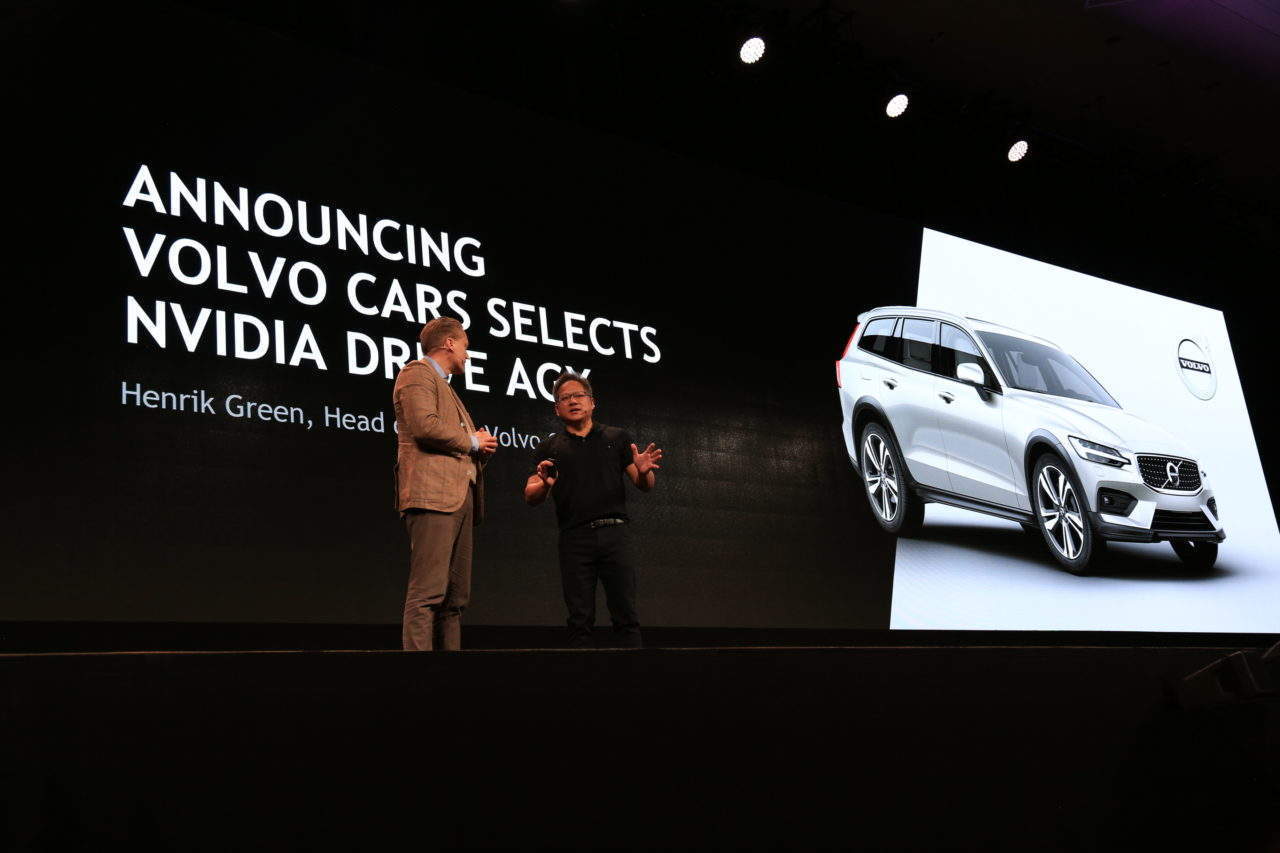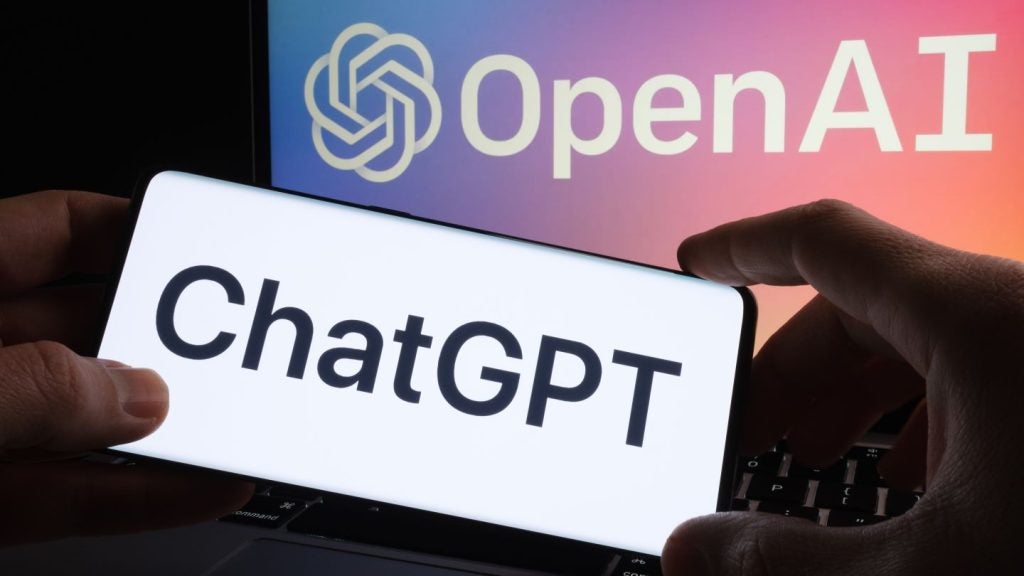
Volvo will integrate NVIDIA’s DRIVE AGX Xavier computer to power its next-generation of autonomous vehicles, according to an announcement made today by NVIDIA. Production of the supported Volvo autonomous cars will start early 2020s.
The GPU maker will deliver ‘level 2+’ automated driving features. With level 2 autonomous vehicles providing basic driving assistance, such as lane assistance, Drive AGX’s goes further, with the computer taking over multiple functions from the driver.
This will be rolled out in the initial production release, but cars with NVIDIA’s GPUs will support regular software updates, much like a mobile phone. The platform will also facilitate connectivity services, energy management technology and in-car personalisation.
“Autopilot done right will bring a jump in safety and driving comfort,” said NIVIDIA CEO and founder Jensen Huang, announcing the news during his GTC Europe keynote in Munich.
“Your car will drive you and constantly watch out for you. Making this possible will require sensor architecture, AI software, computing and safety technology like nothing the world has ever made.”
Senior director of automotive NVIDIA Danny Shapiro told press at a roundtable that it is a “deal to take the technology and move it to the mainstream.”
How well do you really know your competitors?
Access the most comprehensive Company Profiles on the market, powered by GlobalData. Save hours of research. Gain competitive edge.

Thank you!
Your download email will arrive shortly
Not ready to buy yet? Download a free sample
We are confident about the unique quality of our Company Profiles. However, we want you to make the most beneficial decision for your business, so we offer a free sample that you can download by submitting the below form
By GlobalDataSafety first with Volvo autonomous cars
The partnership aims to balance safety, comfort and computing capability. Much of this stems from the integration of a 360-degree surround perception and a driver monitoring system that keeps track of the driver’s status.
Drive AGX Incorporates six different types of processors, with the system-on-a-chip capable of 30 trillion operations per second – crucial for processing the enormous amounts of data flowing in from an autonomous vehicle’s sensors.
All of the extra compute is designed to put safety at the forefront, which has come under close scrutiny this year after several fatalities involving autonomous vehicles.
“There’s a direct correlation to the amount of compute you have in the vehicle, coupled of course with sensor data coming in, to how safe and how capable and how reliable that system is, and so Volvo is being very forward-looking here,” said Shapiro.
NVIDIA has also been training its autonomous vehicles in virtual reality, allowing it to simulate billions of miles in short amounts of time.
Growing the Volvo and NVIDA driverless car partnership
The announcement builds on Volvo and NVIDIA’s driverless car partnership, first announced in June last year. In September, Volvo teased the concept for its 360c, a level 4 autonomous car that turns it into a ‘driving office’.
“A successful launch of autonomous drive will require an enormous amount of computing power, as well as constant advances in artificial intelligence,” said Håkan Samuelsson, president and chief executive of Volvo Cars.
“Our agreement with NVIDIA is an important piece of that puzzle and helps us to safely introduce fully autonomous Volvo cars to our customers.”
NVIDIA has partnerships with many automotive makers who use NVIDIA Drive GPUs, such as Daimler and Bosch. The open-source platform allows car makers to add their own bespoke features onto the core driving
Drive AGX is part of a wider AGX chip family, designed specifically for autonomous machines, including robots and medical devices.







